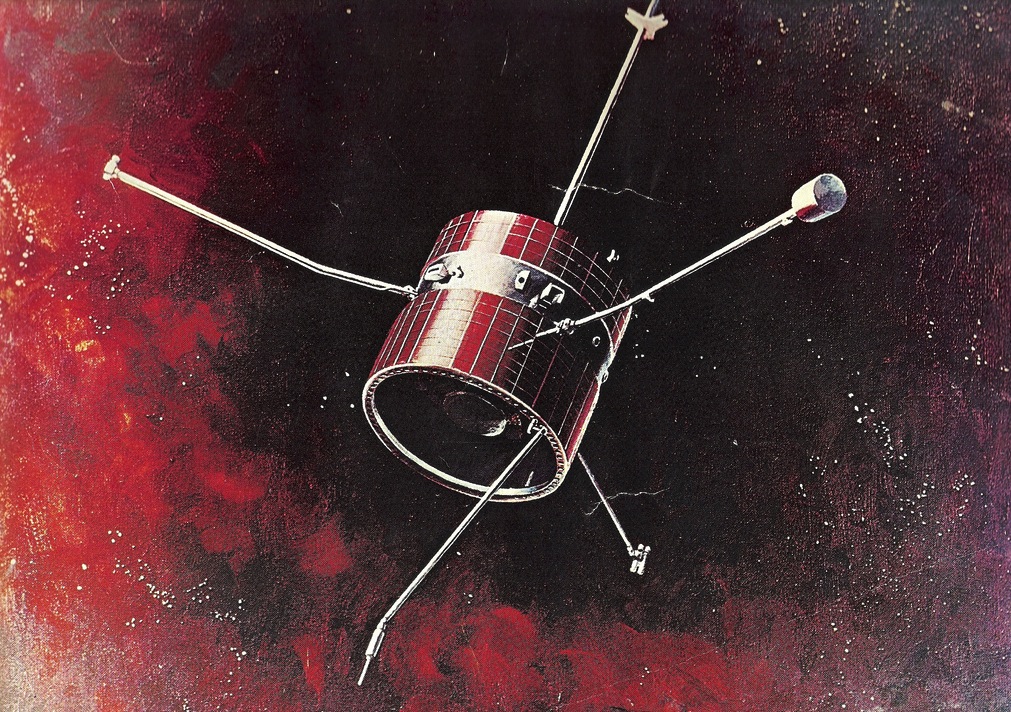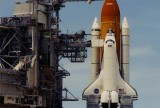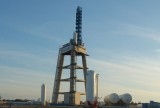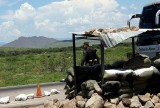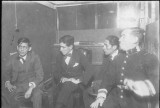NASA’s Good Old Days
The Modest, Mighty Voyager and Pioneer Probes Are Still Generating News Today
The speed of light is inconceivably fast. It is just shy of 300,000 kilometers per second. That is, for everyday purposes, instantaneous. A signal from the space probe Voyager 1, which is investigating the limits of the sun’s influence in the galaxy, takes just over 17 hours to arrive at Earth. Voyager 1 is almost 125 times as far from the sun as Earth is, so the signal is very weak when it arrives. The tenuous radio waves are gathered by antennas of NASA’s Deep Space Network, in the Mojave …




